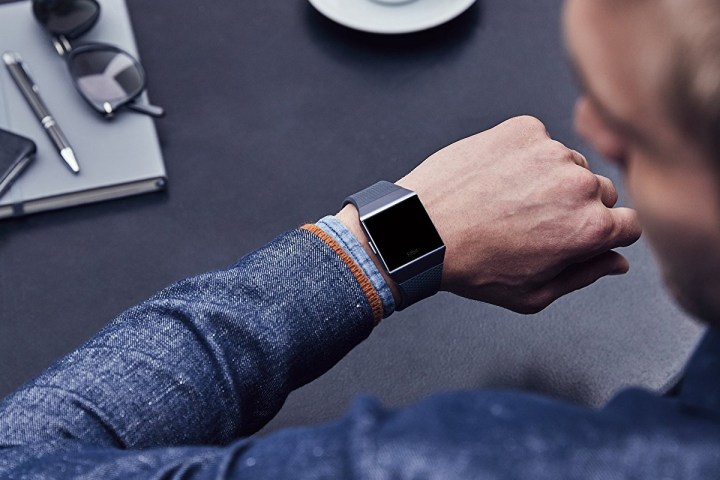
So what gives? Apparently, wearables just aren’t doing enough to justify their high price tag. Indeed, these smartwatches and fitness trackers seem to offer little additional value that can’t be achieved with what many of us already have in our pockets. As eMarketer analyst Nicole Perrin noted in the company’s report, “Without a clear use case for smartwatches — which have more features than fitness trackers, but significant overlap with smartphone functionality — the more sophisticated, expensive devices have not caught on as quickly as expected.”
Of course, this report doesn’t exactly come as a surprise. As per International Data Corp., wearable shipments saw an increase of only 3 percent in the third quarter, and neither Fitbit nor Apple Watch posted the sales numbers it’d hoped for. In fact, Fitbit issued a forecast of its own last month noting that the company would experience effectively zero revenue growth from 2015. And despite Apple CEO Tim Cook’s protests to the contrary, other reports have noted that the iEmpire’s wearable isn’t doing as well as hoped either.
If the wearables industry does want to remain relevant, Perrin noted, it will have to work on a lower price point in order to cater to a younger demographic. After all, it’s the folks between the ages of 18 and 34 who will be wearing wearables, eMarketer notes. “Younger adults are getting into the wearables market primarily with fitness trackers,” Perrin said. “The lower price point and clear use case make sense for this group.”




